
Be(a)rry Show Garden
About bears and berries ...
In addition to the bear experience, BEAR SANCTUARY Arbesbach also dedicates an area to plant lovers. And since bears like to eat the sweet little fruits, the theme of the garden is, of course, "berries".
More than twenty different "berry" bushes and trees are cultivated in the small but fine show garden. Each berry has its own personal information board to help you get to know it better. In an entertaining way you will learn interesting, helpful and funny things about the sweet and sour fruits.
Three very different berry garden residents are briefly introduced here:
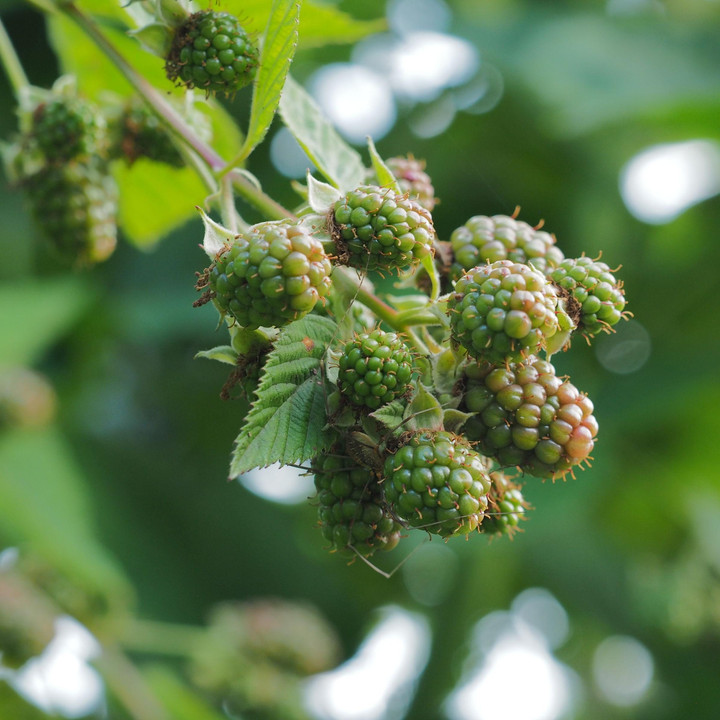
Blackberry
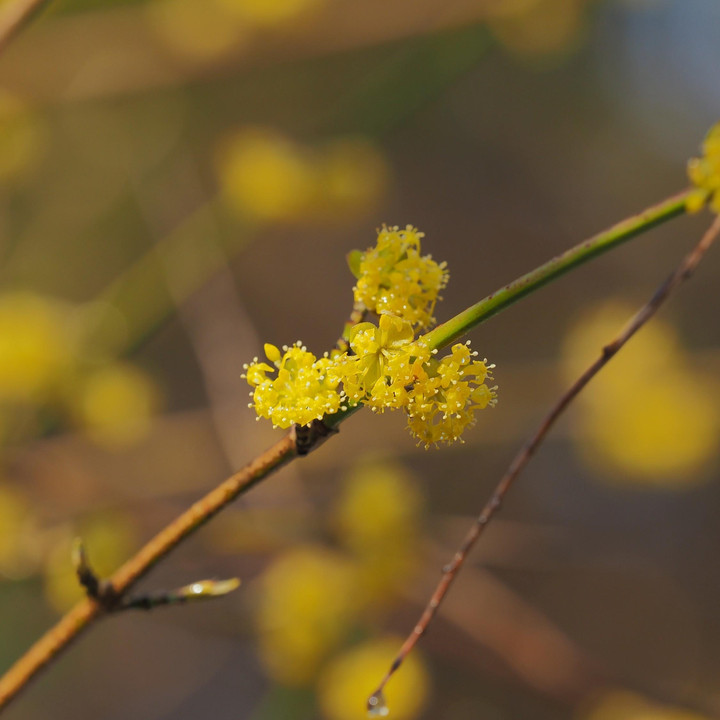
Cornelian Cherry

Currant
A lot of the berries we know are not berries at all in a botanical aspect. On one hand, the classic among berries, the strawberry, for example, is not a "real" berry, but a so-called aggregate fruit. On the other hand, very few people would immediately think of a berry when they see a pumpkin. But from a botanical point of view, pumpkins are real berries.
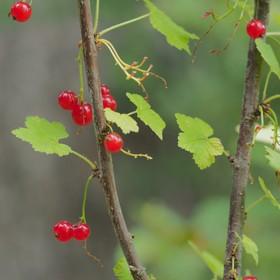
What characterizes a "real" berry in the botanical sense?
The fruit wall of "real" berries (pericarp) is fleshy. The berries are formed from either one or more carpels and are mostly multi-seeded. Real berries are, for example, currants (Ribes sp.) and the fruits of grapevines (Vitis sp.).
Are You Ready for a Short Quiz?
To BE-RRY or not to BE-RRY? That is the question.
Question - of -
Blackberries
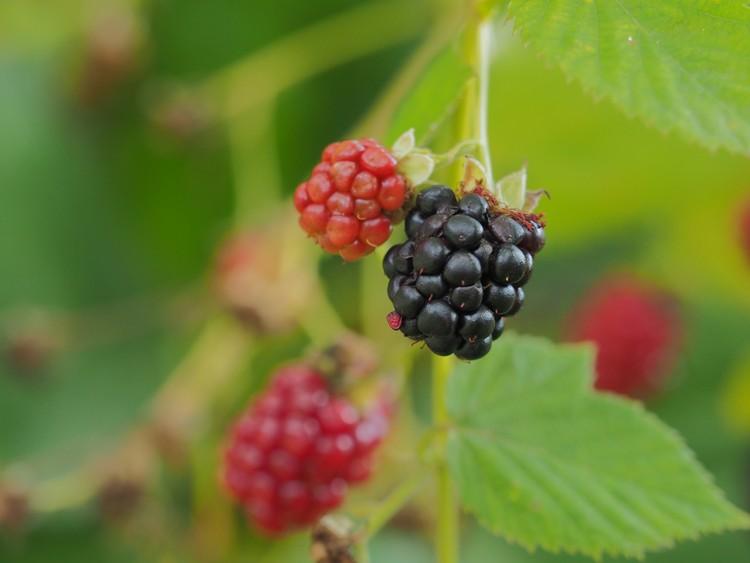
Currants
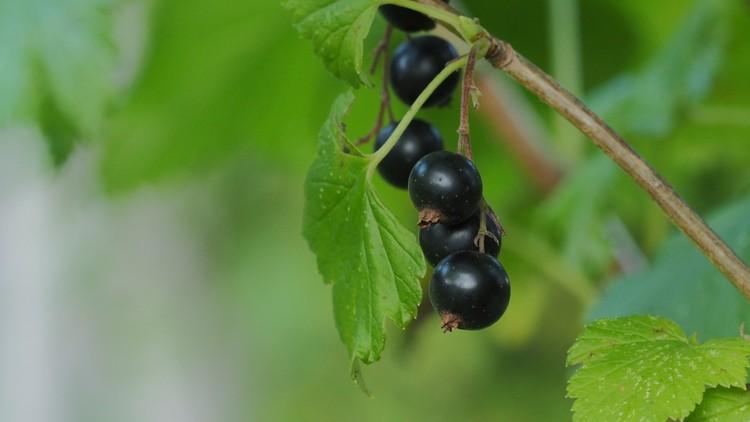
Blueberries
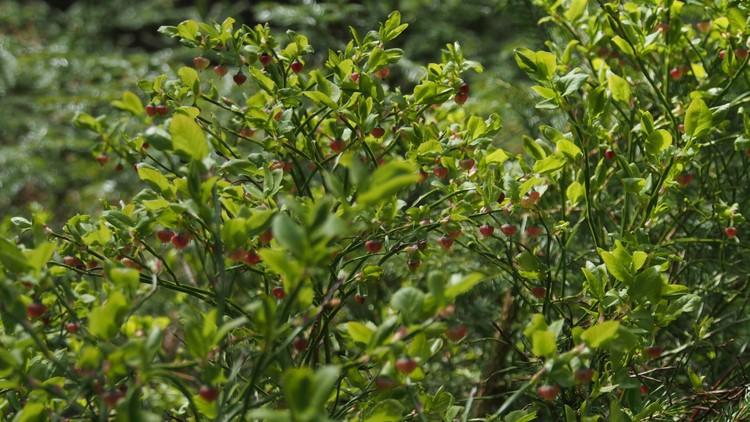
Pumpkins
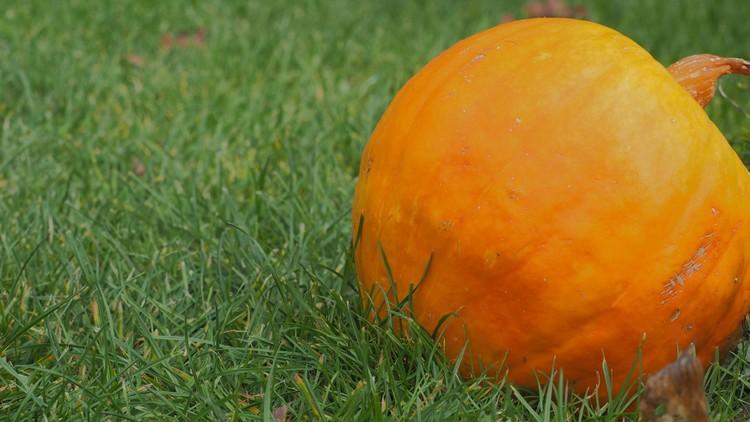
Points reached:
Thank You for Playing!
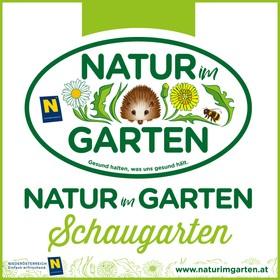
The BEAR SANCTUARY Arbesbach is part of the "Natur im Garten" (nature in the garden) campaign
"Natur im Garten" is a campaign initiated by the federal state of Lower Austria. Wherever private or public green spaces and gardens are designed and maintained according to the "Natur im Garten" criteria, no pesticides, synthetic chemical fertilizers or peat are used. Great value is placed on the use of native plants, which are of great ecological importance. The aim is to promote the diversity of flora and fauna.
Treating nature with care is important. Let's also be aware of this in our gardens.
Let's give "weeds" for example a chance in our gardens. The variety a garden is not only a feast for the eyes, it also promotes the ecological balance.
We look forward to your visit to the BEAR SANCTUARY with the bears and berries.
Source
Schramayr G., u.a. (2011): der Schwarze holler, Verein Regionale Gehölzevermehrung,
Fischer M.A., Oswald K., Adler W. (2008). Exkursionsflora f. Österreich, Liechtenstein, Südtirol,
Natur im Garten












